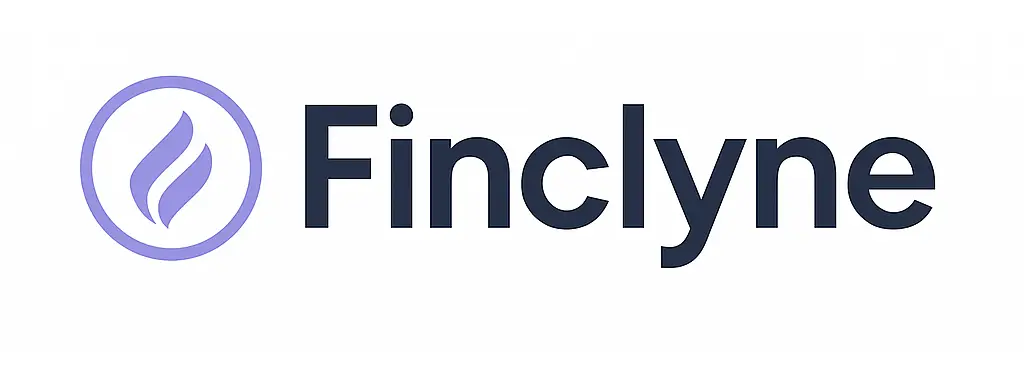Retail Therapy Fizzling Out? What Soaring Sales Might Mean for Your Wallet
Recent retail sales figures have painted a complex picture of the US economy, raising eyebrows among economists and leaving many young people wondering what it all means for their future finances. While a boost in spending might seem like a positive sign, the surge is raising concerns about persistent inflation and the potential for further interest rate hikes by the Federal Reserve as they gear up for their next policy update. This could have a ripple effect on everything from student loans and car payments to the cost of that next concert ticket.
July saw retail sales climb 0.7% from the previous month, exceeding expectations and suggesting consumers are still spending despite stubbornly high prices. This resilience in spending is partly fueled by a robust job market and wage growth. However, this sustained demand contributes to the very inflation the Federal Reserve is trying to tame. It’s a classic catch-22: a strong economy can inadvertently fuel inflationary pressures, leading to potential intervention from the Fed. This intervention typically comes in the form of interest rate hikes, making borrowing more expensive and potentially cooling down the economy – and impacting your wallet.
So, what does this tug-of-war between strong spending and inflation mean for young consumers? The Federal Reserve’s upcoming policy decisions are critical. If the Fed interprets the robust retail sales as a sign that the economy is overheating, they might opt for another interest rate hike. This could make it more expensive to finance big purchases like a car or a house and could also impact the interest rates on existing debt, like student loans and credit cards. While a strong economy is generally positive, understanding the interplay between consumer spending, inflation, and the Fed’s response is crucial for navigating your personal finances. Keep an eye out for the Fed’s next announcement and consider how potential policy changes might impact your financial goals.





